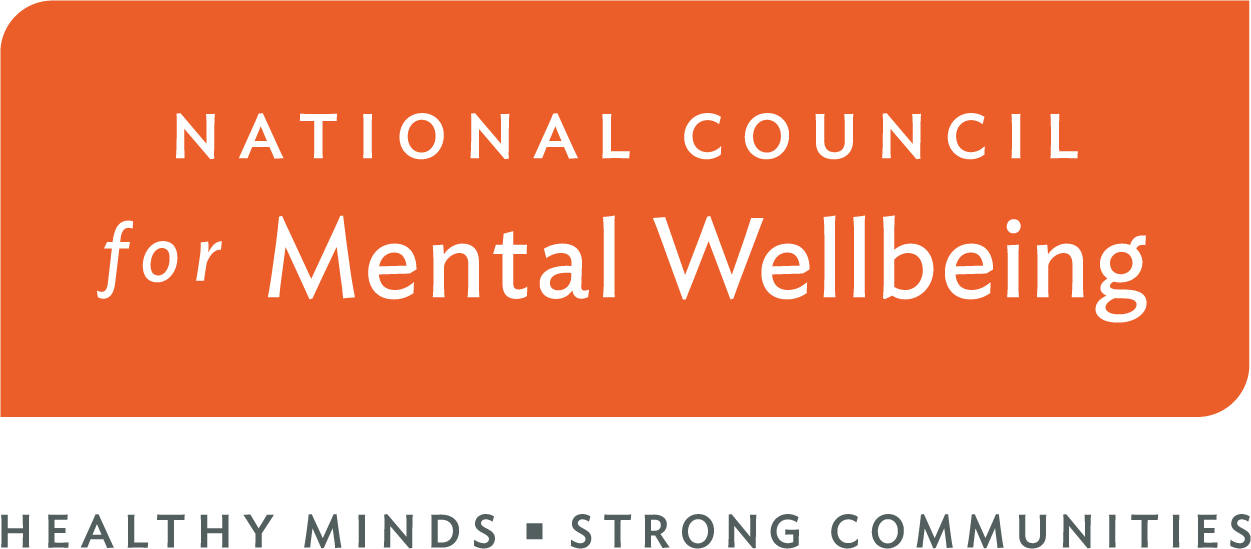Public Safety-led Community-oriented Overdose Prevention Efforts (PS-COPE)
The Public Safety-led Community-oriented Overdose Prevention Efforts (PS-COPE) Toolkit is a new approach to overdose prevention and response for Black, Indigenous and people of color (BIPOC) communities. It combines three proven models to enhance overdose prevention and response: trauma-informed care, recovery-oriented systems of care and procedural justice.
This toolkit is for public safety agency leaders and administrators who are looking to enhance existing overdose prevention and response efforts within BIPOC communities they serve.
The purpose of this toolkit is to:
- Define the principles and core elements of PS-COPE.
- Describe how public safety agencies — and the communities they serve — will benefit from adopting this approach.
- Provide tools for integrating the approach into existing overdose prevention and response efforts.
The PS-COPE Concept Paper: A New Approach to Overdose Prevention and Response in Black, Indigenous and People of Color (BIPOC) Communities is a supplemental resource that describes the cross-cutting principles of trauma-informed, recovery-oriented, procedurally just and PS-COPE approaches, and how each of these frameworks brings unique value to working within BIPOC communities. Updated in November 2023, the new edition of the toolkit contains new examples and more information about working in diverse BIPOC populations, such as Hispanic/Latino and tribal communities.
Companion Documents
Two companion documents are available for the PS-COPE toolkit, focusing on two specific BIPOC populations: tribal communities and Hispanic/Latino communities. The companion documents provide information on distinct issues related to public safety-led overdose prevention and response in each community, examples of existing overdose prevention programs, how the PS-COPE framework can be applied, and cultural considerations for adapting PS-COPE tools.
Interested in learning more? Watch our webinar recording to dive deeper into the new framework and resources.
This work is supported by the CDC of the U.S. Department of Health and Human Services (HHS) as part of a financial assistance award totaling $225,000 with 100% funding by CDC/HHS. The contents are those of the author(s) and do not necessarily represent the official views of, nor an endorsement by, CDC/HHS or the U.S. Government.
